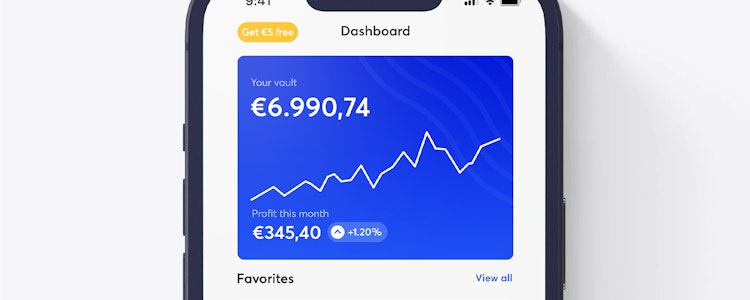News - Who is adding Bitcoin on the Blockchain?
Where does new Bitcoin come from? What does "mining" have to do with gold? What is halving and does it affect the Bitcoin price?
When people think of Bitcoin, they often think of roller coaster rides in the exchange rate, trading, futures or similar investment-related topics. However, the cryptocurrency can do much more than give investors hope for price gains. For example, Satoshi Nakamoto's invention spawned an entire ecosystem based on the decentralized rails of distributed ledger technology - better known as blockchain.
As this ecosystem continues to grow, the market is regularly graced with new Bitcoin units (BTC). The process behind the appearance of new Bitcoins is called "mining."
Wat is Bitcoin mining?
The term "mining" brings to mind the mining of gold. This analogy is no coincidence; after all, crypto enthusiasts sometimes refer to the digital currency as digital gold. But while precious metal is mined in mines or riverbeds, Bitcoin is a bit different. This much is certain: it's a lot more complicated.
At Bitcoin mining first involves aggregating BTC transactions into a list and then attaching them to the blockchain as a block. The miners' job here is to confirm the transactions and record them in an account book. If the miners provide the next valid block, they receive BTC as a reward.
To do this, they must apply a mathematical formula and turn the respective transactions into something shorter. They then add the result to the end of a block in the form of a hash. The mechanism used in this process is called Proof of Work. Miners here have to prove that they have put in a certain amount of work. This process takes a lot of energy. It is the only way to ensure that there is no manipulation on the network. Dangers such as double spending can be prevented this way.
Miners compete with each other in the search for new blocks. Each time someone successfully generates a hash, they currently receive 6.25 Bitcoin and the transaction fee they paid.
The Bitcoin halving and the BTC price
The reward for "mining" halves with regularity. At the next so-called Bitcoin halving, which is expected in 2024, miners will receive only 3.125 units of the cryptocurrency for each valid block (in addition to transaction fees). In the past, this has been accompanied by Bitcoin price increases. In the cryptospace, this event is sometimes associated with high expectations and is therefore closely watched by the cryptospace.
Want to learn more about crypto? In the Anycoin Academy you can learn all about cryptocurrencies and blockchain technology.






